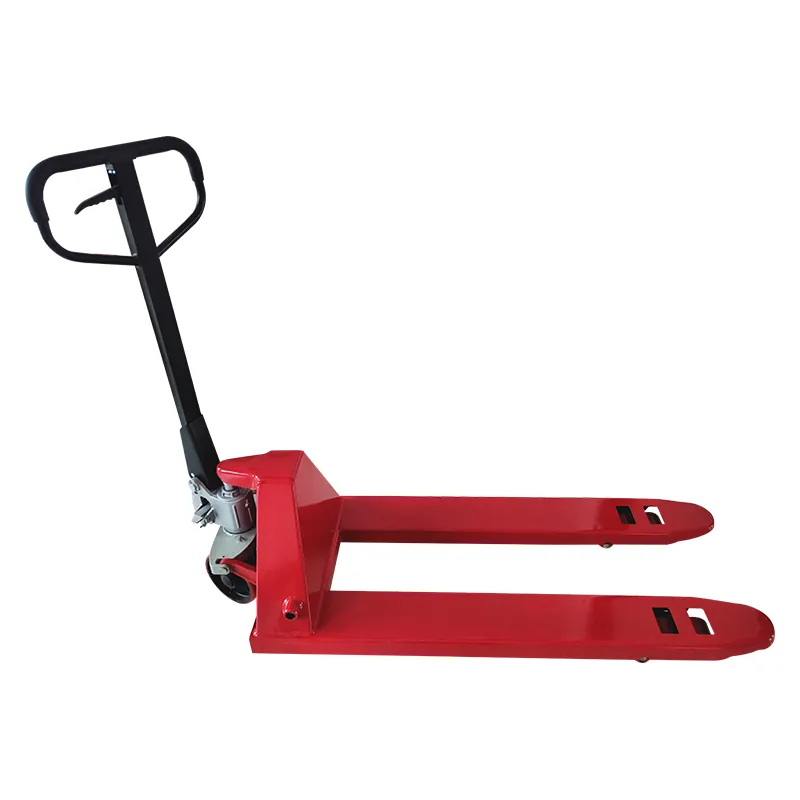


Understanding Manual Chain Blocks A Comprehensive Overview
Manual chain blocks are essential tools in many industries, particularly in construction, manufacturing, and warehousing. These devices are designed to lift heavy loads with minimal effort, utilizing a simple mechanical advantage to enhance efficiency and safety in lifting operations.
A manual chain block, also known as a hand chain hoist, operates on the principle of leveraging a chain to lift objects vertically. It consists of several key components a chain, a hook, a lifting mechanism (like gears or pulleys), and a housing that encloses the working parts. The user manually pulls on a chain loop, which engages the lifting mechanism, allowing the load to be raised or lowered.
One of the main advantages of manual chain blocks is their simplicity. They do not require electricity or any external power source, making them an excellent choice for outdoor or remote job sites where power supply may be limited. Additionally, their portability allows for easy transport between locations, making them a versatile option for various lifting applications.
Safety is paramount when using manual chain blocks
. Operators should be trained in proper lifting techniques and thoroughly inspect the equipment before use. Features such as overload protection, safety latches on hooks, and durable construction materials contribute to their reliability. It is crucial to adhere to the manufacturer’s guidelines regarding the weight limits to prevent accidents or equipment failure.
In recent years, advancements in materials and design have enhanced the performance and durability of manual chain blocks. Manufacturers are now introducing lighter yet stronger materials, improving the overall lifting capacity without compromising safety. This evolution ensures that operators can handle heavier loads more efficiently and with less physical strain.
Furthermore, maintenance is essential for the longevity and effectiveness of manual chain blocks. Regular inspections should be conducted to check for wear and tear, lubrication levels, and any signs of damage. Proper maintenance not only extends the life of the equipment but also ensures safe operation during lifting tasks.
Manual chain blocks are indispensable tools in many sectors. Their ability to facilitate lifting tasks efficiently and safely makes them a preferred choice among professionals. As industries continue to evolve, the demand for reliable lifting solutions like manual chain blocks will remain strong, ensuring these tools will play a crucial role in various operations for years to come.
In summary, manual chain blocks provide a safe, efficient, and straightforward method for lifting heavy loads across numerous applications. By understanding their components, adhering to safety protocols, and maintaining the equipment, users can harness the full potential of these innovative tools. Whether in construction sites or manufacturing floors, manual chain blocks exemplify the blend of simplicity and functional design that enhances everyday operational tasks.



